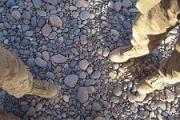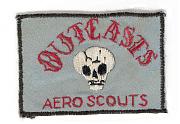Take a look at the 2nd Bn 5th Marines.com website I have referenced on other threads. That site gives good details about a few optimized possibilities. "Digging in" is still done, though often at reduced pace/scale due to environmental concerns, and moreso because arraying yourself in a company defense is not a trsining event done often. Almost all time is spent training to some COIN task.


















Bookmarks